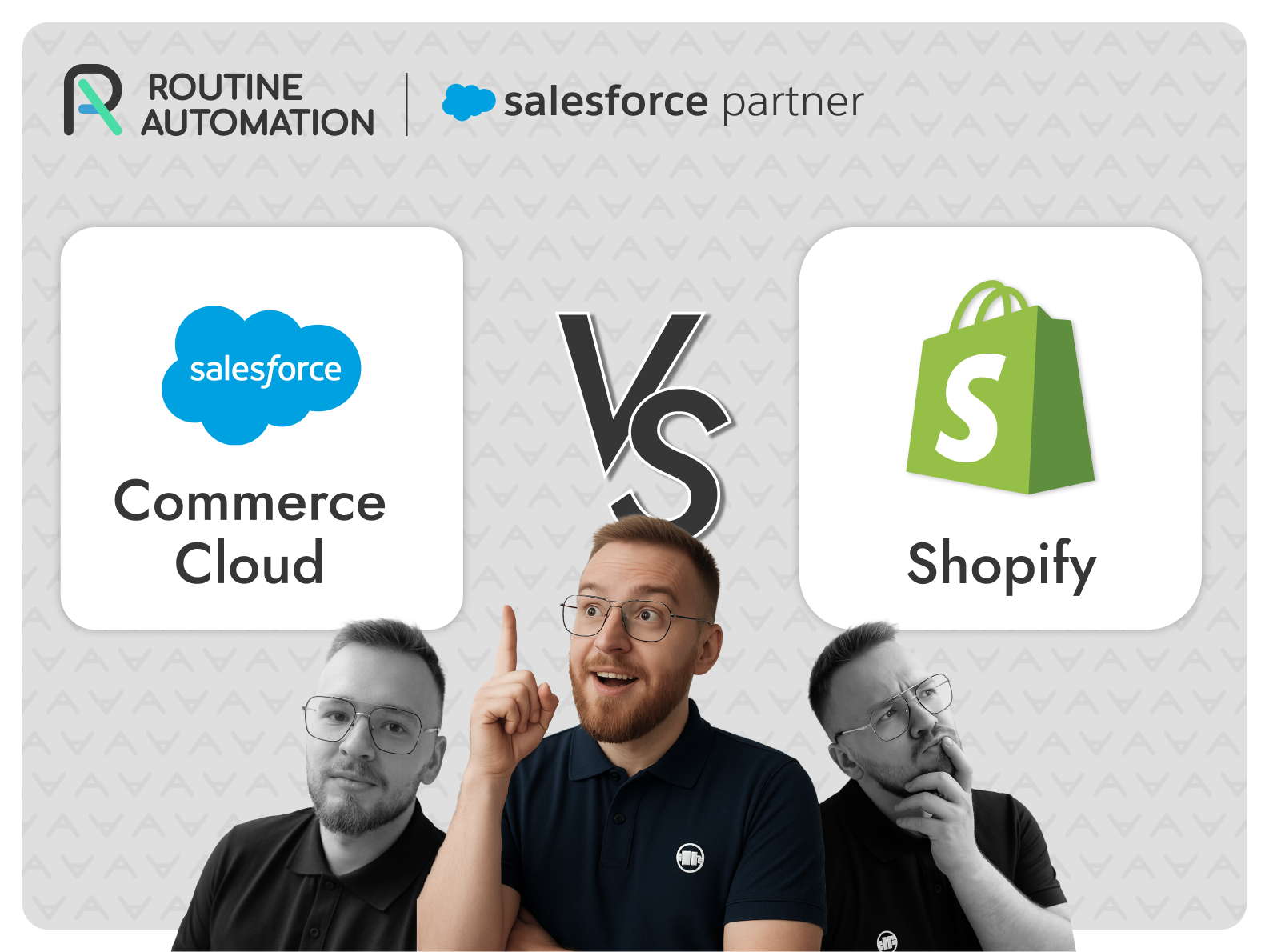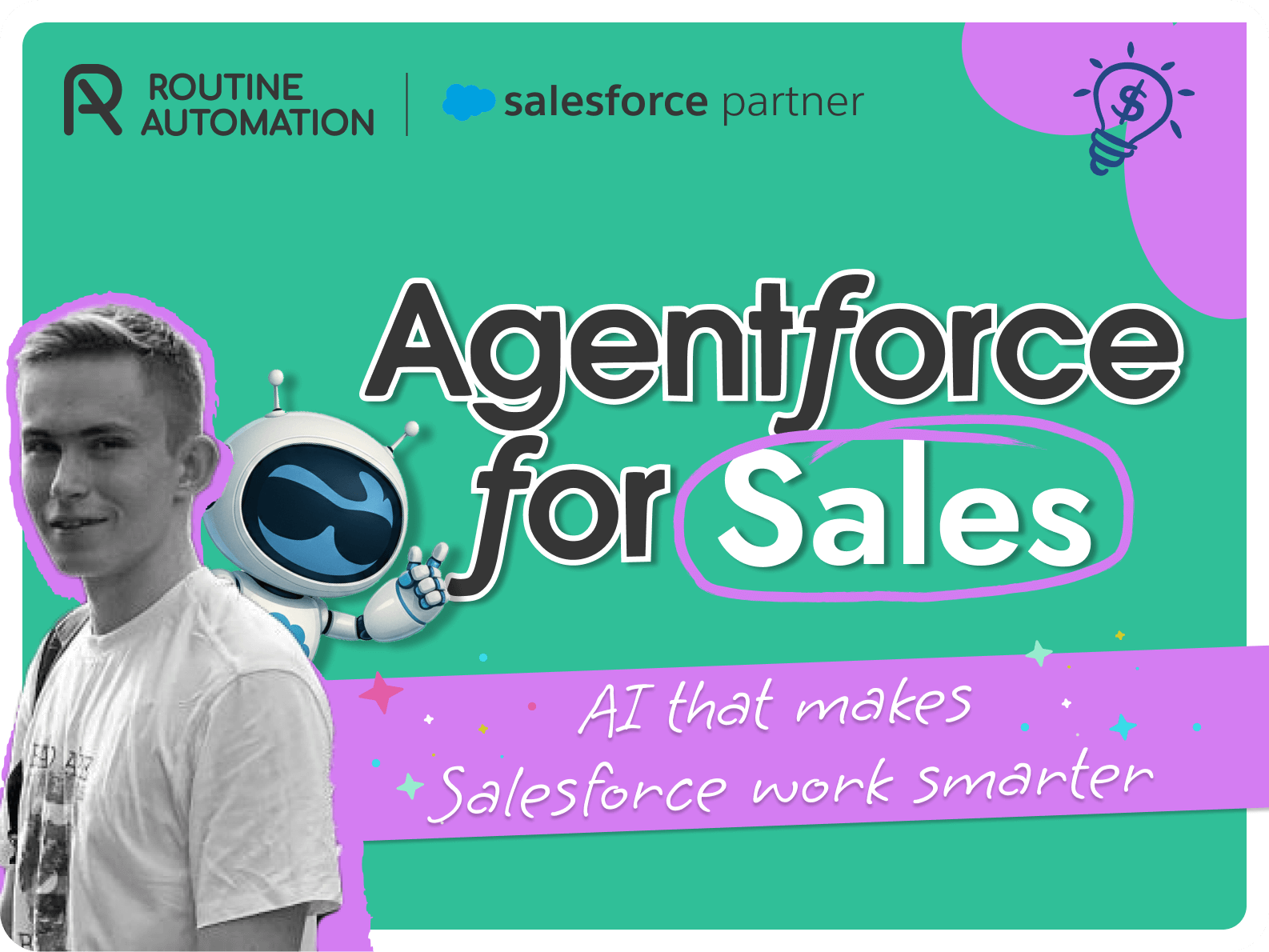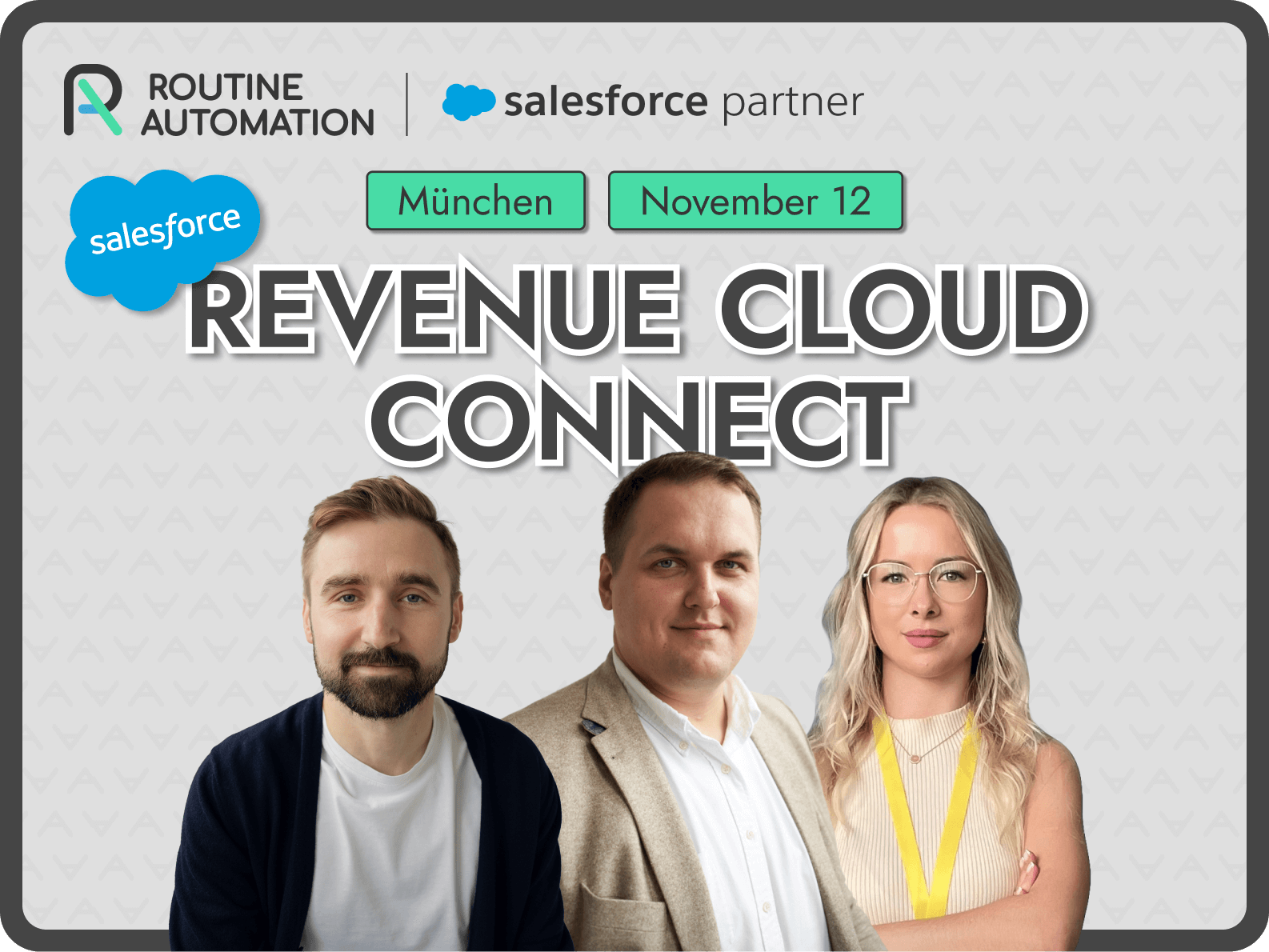How to boost your Salesforce Marketing. Best Practices for Mass Email

Marketers are debating about the effectiveness of Mass Email marketing this year. While this strategy may help Salesforce users connect with consumers and boost sales, using outdated methods could have the opposite effect and result in low open rates, spam complaints, and unsubscribes. To be successful, email campaigns of today’s marketers must be carefully organized, with a focus on identifying their target audience.
The best ways to use mass emails for customer marketing are covered in this article.
You’ll learn how to:
💡 Build your mailing list properly and increase conversion rate
💡 Create compelling email content and boost sales
💡 Optimize deliverability
💡 Increase engagement
Follow these tips to take your Salesforce email marketing results to the next level!
How to Send Mass Emails in Salesforce
Mass emails in Salesforce can be useful for sending notifications and reminders but are not ideal for marketing campaigns. For marketing emails, it’s better to use a dedicated marketing automation platform like Pardot or Salesforce Marketing Cloud (SFMC) that allows you to track engagement and optimize customer journeys.
However, there may be cases where basic Salesforce Mass Emails are needed. Here’s how to send them in Salesforce Classic and Lightning:
Salesforce Classic
This interface is a legacy, and most organizations have transitioned to Lightning. It’s recommended to move to Lightning for better functionality.
To send a Mass Email in Classic:
- 1. Navigate to Mass Email Contacts, Mass Email Leads, or Mass Email Users.
- 2. Select recipients and Email template.
- 3. Review and send email.
Salesforce Lightning
Lightning is the current Salesforce interface and recommended for sending mass emails.
To send a mass email in Lightning:
- 1. Build a recipient list.
- 2. Filter and select recipients.
- 3. Click “Send List Email” and add content.
- 4. Review email preview before sending.
- 5. Send immediately or schedule delivery.
Considerations
Pardot
To send a mass email in Pardot:
- 1. Create audience segments based on criteria.
- 2. Build an automated Email series and add content.
- 3. Review and activate campaign.
- 4. Monitor performance with email reports.
Salesforce Marketing Cloud (SFMC)
To send a mass email in SFMC:
- 1. Upload list or select audience.
- 2. Create message with dynamic content.
- 3. Set up tracking and reporting.
- 4. Review test send and activate delivery.
- 5. Analyze results and optimize future campaigns.
Using a dedicated marketing automation platform provides more advanced email capabilities and data to enhance customer journeys beyond what Salesforce mass emails can offer.
Marketing best practices
Now let’s dive into email marketing best practices to employ while sending Salesforce mass emails.
1. Know Your Audience
The foundation of any successful email campaign is your mailing list. The best practice is to build your own list of opted-in subscribers who want to receive communications.
Avoid buying generic email lists, which likely contain outdated contact info and low engagement levels. With bought lists, your sender reputation may suffer due to bounces, spam complaints, etc.
Instead, focus on capturing leads specifically interested in your emails through:
👀 Website opt-in forms
👀 Lead nurturing flows
👀 Event sign-ups
👀 Offline marketing channels
Double opt-in ensures subscribers confirm their interest. Though your list size may be smaller, higher quality results.
Also ensure proper email hygiene by warming new IP addresses and avoiding spam trigger words. Maintain your list by regularly removing inactive subscribers.
2. Customize Mass Emails
Do you have different customer personas and segments? Target content specifically to each for better relevance.
For example, focus on specific pain points, use cases, or features for product developers vs. business executives. Share customer success stories from companies in their industry.
Personalization also boosts open and click-through rates:
🧩 Use merge fields to include first names.
🧩 Reference previous interactions with the prospect.
🧩 Tailor content to their interests.
Dynamic content ensures your mass emails resonate like one-to-one messages.
3. Create Valuable Content
Regardless of your audience size, each recipient wants value from your emails. Ensure content that helps and informs them, such as:
💡Providing solutions to known pain points
💡Demonstrating your expertise
💡Offering tips and best practices
💡Sharing relevant resources
Use clear, concise copy focused on their needs. Break up lengthy sections with lists, images, headers, and whitespace.
Test different subject lines to identify what resonates best with each audience segment. Catch their attention but avoid hype (“secrets”, “urgent”, etc.).
4. Keep Design Simple
Stick to simple email design for maximum results:
🖌 Use a readable font like Arial or Verdana at 12px size.
🖌 Chunk content into short paragraphs, bullet points, and call-out text.
🖌 Leave ample whitespace between sections.
🖌 Include images and graphics sparingly.
🖌 Limit text color variations.
🖌 Ensure functional links, sizing, and mobile responsiveness.
Most importantly, ensure a clear call-to-action button leading to your conversion goal.
While flashy designs may look sharp, simplified layouts have higher engagement. Let your content shine rather than overly complex formatting.
5. Optimize Deliverability
To reach inboxes rather than spam folders, be diligent about email deliverability:
🚀 Monitor sender reputation and blacklist statuses.
🚀 Remove hard bounces and inactive addresses promptly.
🚀 Stay up-to-date on the latest authentication protocols.
🚀 Use tools like open tracking to identify spam trigger factors.
Deliverability issues that compromise email sending limits or domain reputation can cripple mass email success. Invest time into optimizing this.
6. Test and Refine for Peak Times
When you send mass emails, it can greatly impact results. Test different days and times to determine when your target audience is most engaged:
- Leverage open and click-through tracking to identify trends.
- Consider business hours and regional time zones.
- Avoid holidays or known busy periods.
- Study industry data on optimal send times.
- Allow time for recipients to act before following up.
Keep testing and optimizing your send times until you discover the definitive schedule with the highest open and click rates.
7. Give Recipients Control
As important as driving action is giving recipients control over your emails:
🧩 Make unsubscribe and opt-out links readily available.
🧩 Allow granular subscription preferences.
🧩 Provide an email contact for questions or concerns.
🧩 Respect opt-out requests promptly and fully.
🧩 Protect personal data by General Data Protection Regulation.
Giving your audience command over their inbox experience earns goodwill and avoids spam complaints. Segmenting your lists allows tailored communication streams.
8. Automate for Scalability
Manual mass emailing eats up time better spent on high-value activities. Automate using Salesforce tools:
🚀 Journey Builder for nurture flows
🚀 Einstein Engagement Scoring for personalization
🚀 Pardot/Marketing Cloud for complex campaigns
🚀 Third-party apps like MailChimp for additional functionality
🚀 Optimization tests for different devices to make Emails always readable
Automation scales your campaigns exponentially while retaining personalization. But make sure someone is still closely monitoring and optimizing performance.
Key Takeaways for Mass Email Excellence
Mastering mass email in Salesforce provides a vital sales and marketing channel. With these best practices, you’re primed for success:
✅ Build a quality subscriber list of engaged prospects who double opt-in.
✅ Write targeted emails with compelling copy personalized to each subscriber.
✅ Focus on simple, mobile-friendly designs that highlight your CTA.
✅ Obsess over optimal deliverability through sender reputation monitoring and list hygiene.
✅ Identify and consistently send during peak engagement times.
✅ Use automation to scale campaigns while retaining personalization.
Sending valuable mass emails through Salesforce can really take your marketing to the next level. But like any powerful tool, you need to use all the possible automating tools to see results.


















